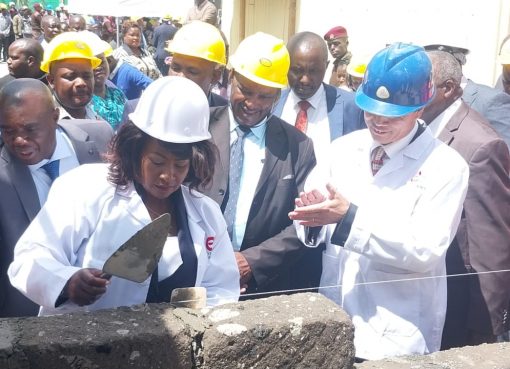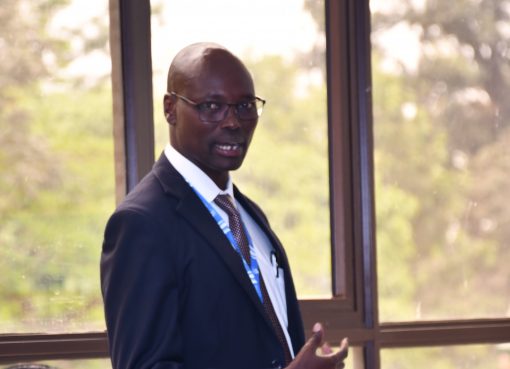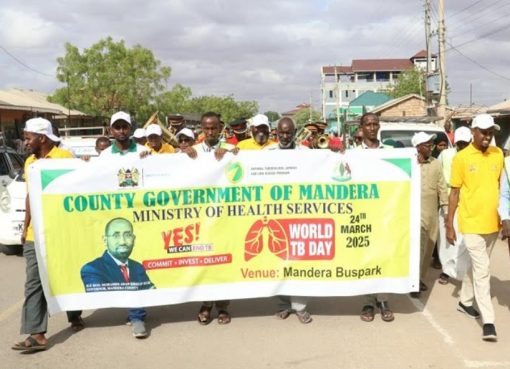The government has affirmed its commitment to ending drought emergencies in the country as it transitions into the Second Phase of the Common Programme Framework for Ending Drought Emergencies (EDE CPF II).
This is a strategic roadmap that will guide the country through to the year 2032.
Cabinet Secretary for East African Community, the ASALS and Regional Development Beatrice Askul said the framework provides a common strategy around which all stakeholders can harmonize their interventions in support of sustainable livelihoods in Arid and Semi-arid Lands (ASALs).
Speaking during a high-level consultative meeting on the draft EDE CPF II in Nairobi, Askul said the persistence of drought in the country, including the national emergency declared in the year 2021 reminds us that we still have much more to do to ensure sustainable livelihood.
According to Askul, the Arid and Semi-Arid Lands (ASALs) make up more than 80% of our national landmass, and yet, ASALs remain at the epicenter of climate crises like droughts.
“These regions are rich in potential endowed with natural resources, cultural diversity, and strategic economic importance,” she said, adding that the government is on track in unlocking the region’s potential.
The speaker reported that Kenya experiences an increase in frequent, severe, and prolonged droughts, affecting 1.5 to 4.9 million Kenyans annually.
The 2021-2023 drought cost over Sh 71 billion in response, resulting in losses of 12.1 billion US Dollars between 2008 and 2011. Thus, the Ending Drought Emergencies (EDE) initiative is a multi-stakeholder platform focusing on long-term resilience, coordination, and sustainable development to prevent future droughts from escalating into national emergencies.
“Today, we are not just here to reflect on our journey, thus far we are here to reaffirm our shared vision and chart a bold, collective path as we transition into the second phase of this vital national initiative” she said.
She said drawing on lessons from the past decade, the framework is anchored on three Priority Action Areas including: Investment in Foundations for Development and Resilience Building; and Coordination, Institutional Development, and Knowledge Management.
The framework transitions from sectoral to integrated, systems-level interventions, involving extensive consultations with counties, ministries, the Council of Governors, private sector, civil society, and development partners.
Furthermore, the CS divulged that the EDE CPF II initiative is grounded in two fundamental truths. First, drought emergencies are rooted in structural vulnerability -in poverty, inequality, and underinvestment.
Secondly, she said, these challenges are too complex to be tackled in silos; they demand integrated, cross-sectoral collaboration between State and non-State actors, and across all levels of Government.
“The first phase of EDE CPF I implemented during 2013-2022 laid an important foundation by strengthening coordination and established drought risk management systems across many counties” she said.
The CS said this sobering reality makes it clear that we must move beyond emergency response -from reactive crisis management to proactive risk reduction and that that is the essence of the Ending Drought Emergencies (EDE) initiative.
She said the success of EDE CPF II depends on sustained political will, institutional alignment, and inclusive financing. We must also mobilize the private sector and non-State actors to join hands in building long-term resilience.
“We must embed EDE priorities into our key planning frameworks including County Integrated Development Plans (CIDPs), the national Medium-Term Plans, and sector-specific Strategic Plans” she added.
She acknowledged the National Drought Management Authority (NDMA) for its leadership in steering this process, and to thank our development partners for their steadfast support.
“Together, let us reimagine the ASALs, not as Kenya’s most vulnerable region, but as a frontier of inclusive and sustainable growth” she said.
By Anita Omwenga





